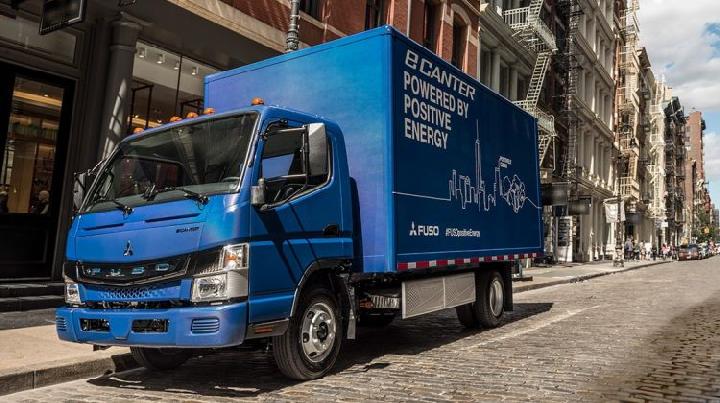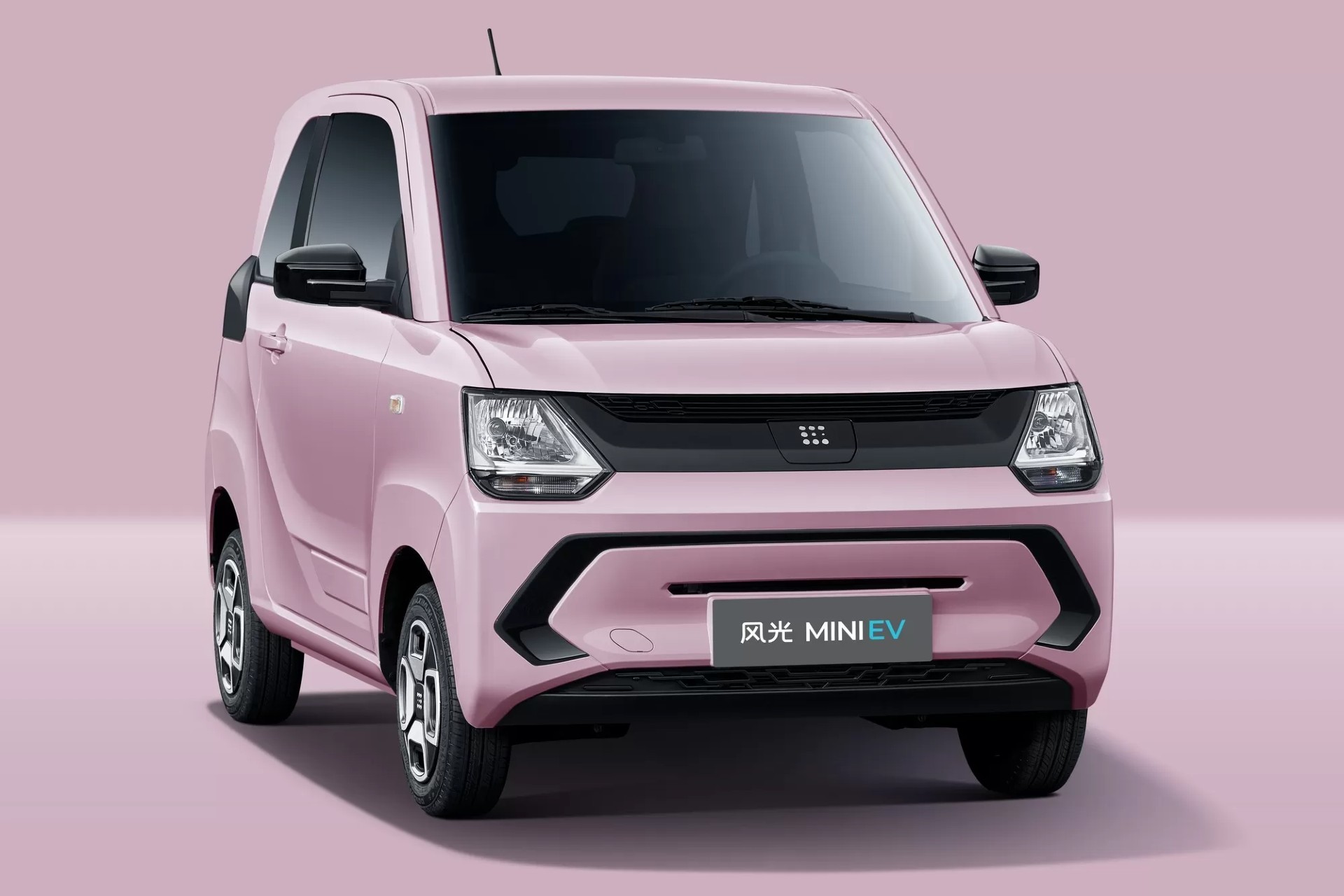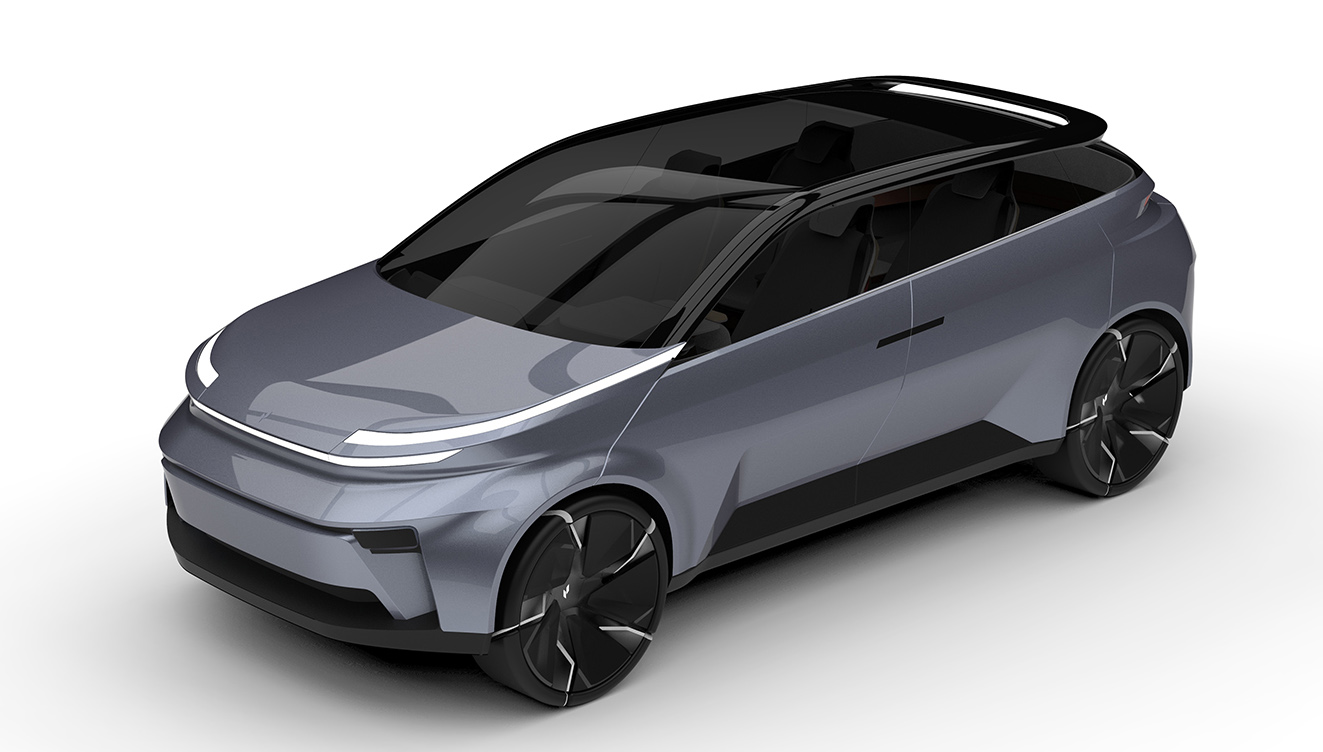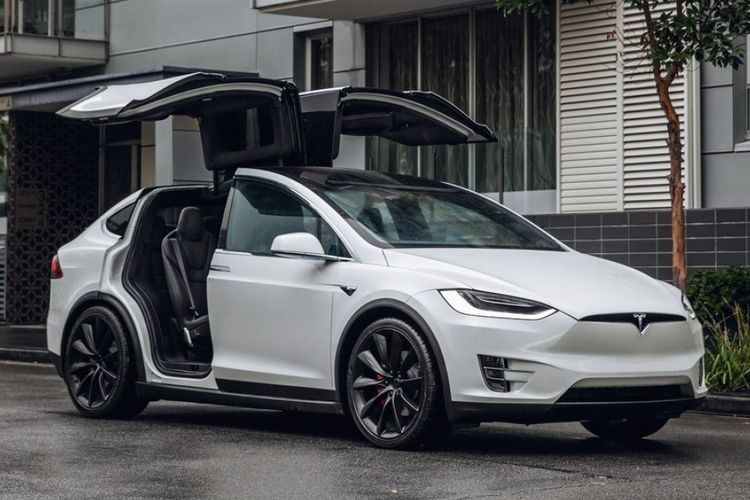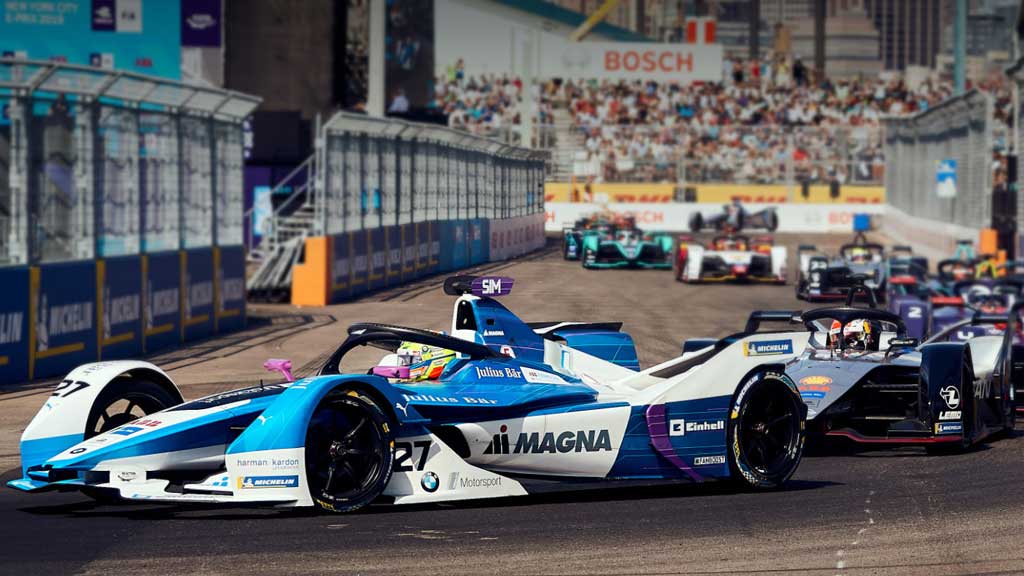Mitsubishi Fuso prepares to leave commercial vehicles with internal combustion engines. Starting in 2035, Mitsubishi Fuso only sells electric or hydrogen (fuel cell) buses and trucks.
The Japanese manufacturer, as reported by the Nikkei Asian Review some time ago, will fulfill that mission in stages.
Mitsubishi Fuso’s product transformation begins in 2022, when they will begin introducing and selling electric truck models. Then, after 2027, their first hydrogen truck is scheduled to launch.
See also: BYD to launch electric commercial vehicles sales in Hungary
Since 2017, Mitsubishi Fuso has actually released and sold the eCanter electric truck. However, assembly and sales are limited to around 300 units worldwide until the end of 2021.
By 2030, Mitsubishi Fuso wants 30 percent of light duty truck sales to be contributed by electric and hydrogen powered models.
Sales of internal combustion engines are gradually reduced until they are completely gone by 2035 and beyond.
See also: Mack Trucks starts production of Mack LR Electric trucks
The shift to environmentally friendly energy is accelerating after lagging behind in this sector from competitors from China and Europe. The Japanese government itself wants all light trucks in ‘Sakura Country’ by 2040 to be electric.
Mitsubishi Fuso will collaborate with Daimler Trucks to develop the drive system and components needed. Both will also cooperate in the procurement of batteries.
In this way, it is hoped that production costs can be reduced to a level similar to the cost of assembling products using internal combustion engines.
Daimler Trucks has previously announced that by 2039 they will no longer be selling internal combustion engine trucks and buses.
For your information, the German company is the parent of Mitsubishi Fuso. This happened after in 2011 Daimler bought about 90 percent of the shares. Mitsubishi Fuso is the third largest truck and bus manufacturer in Japan. Their sales are around 100 thousand units per year.
They also sell various product lines–ranging from light ones with a carrying capacity of 1.5 tons to heavy trucks with a capacity of 16 tons, including in Southeast Asia (ASEAN) and Taiwan.

